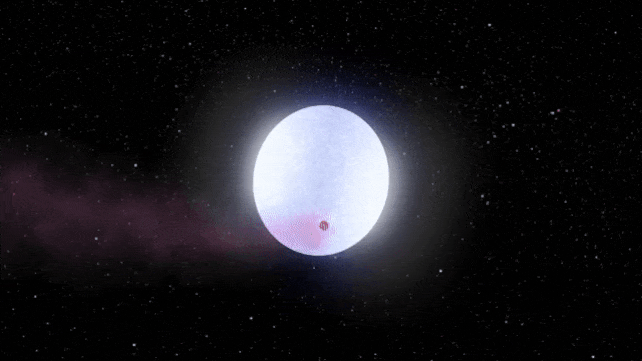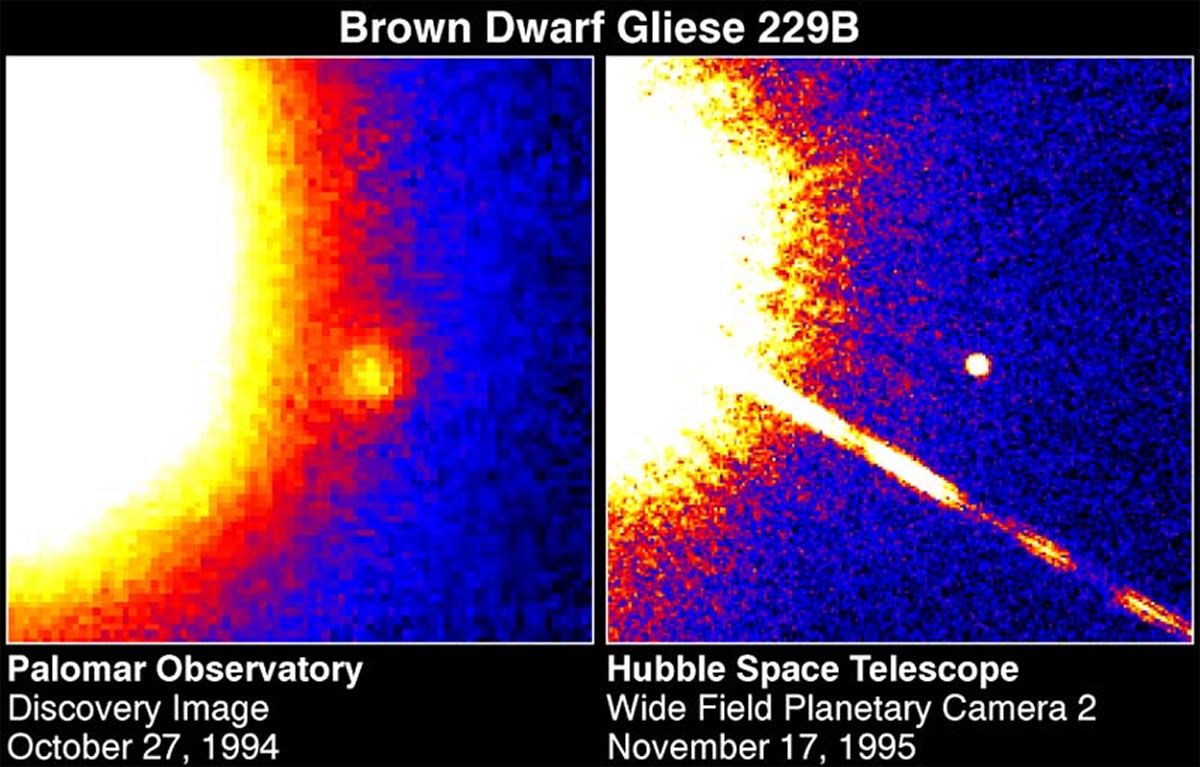In the vast and ever-fascinating cosmos, brown dwarfs occupy a special place. These celestial objects, often called "failed stars," sit in an intriguing space between the largest planets and the smallest stars.
Recently, an international team of astronomers unveiled a spectacular finding about a unique brown dwarf, which offers new perspectives into the complex mechanics of the universe.
This discovery is about a brown dwarf that boasts a temperature significantly higher than our sun!
Brown Dwarf WD0032-317B and Its Neighborhood
For context, let's first discuss WD0032-317, the white dwarf which plays a pivotal role in our main subject's story. A white dwarf is essentially the remains of a star that has burned out its nuclear fuel.
WD0032-317, with a mass accounting for 40% of our Sun, is compact yet intensely hot, boasting a temperature of approximately 37,000 Kelvin.
Now, we shift our focus to the true star of this story: WD0032-317B, a unique brown dwarf with characteristics that defy our regular understanding of such celestial bodies.

This so-called "failed star", too massive to be a planet but lacking the mass required to ignite nuclear fusion like a star, orbits its white dwarf counterpart, WD0032-317, in remarkably close proximity.
This closeness, however, leads to the standout characteristic of WD0032-317B. The brown dwarf sports a temperature of approximately 8,000 Kelvin.
While lower than its white dwarf partner, this temperature greatly surpasses that of our Sun (5,778 Kelvin), making WD0032-317B hotter than our home star.
Peculiarities of WD0032-317B
In the world of astronomy, tidal locking is a common phenomenon. It's like a dance between two celestial bodies where one partner keeps one face constantly towards the other.
This intriguing behavior is also exhibited by WD0032-317B. This "one-sided" dance with WD0032-317 means that the brown dwarf always presents the same face to its white dwarf companion.
The tidal locking results in a stark contrast in temperatures on the two sides of WD0032-317B.
On the side facing the white dwarf, known as the "hot side," temperatures reach a blazing 7,250 to 9,800 Kelvin. This side is continually exposed to the searing heat of WD0032-317, leading to such extraordinary temperatures.

On the opposite side, the "cool side" remains in perpetual shadow. Here, temperatures can drop to a range of 1,300 to 3,000 Kelvin, making it drastically cooler compared to the exposed side.
This extreme temperature difference not only makes WD0032-317B a fascinating object of study but also places it in the record books.
The hot side's temperature, peaking at about 9,800 Kelvin, is roughly 5,100 Kelvin higher than that of any known giant planet. This fact firmly establishes WD0032-317B as the hottest known brown dwarf, exceeding the temperature of any other known planet.
Rewinding to the Initial Observation of WD0032-317
The intriguing journey of this discovery began in the early 2000s. The European Southern Observatory's Very Large Telescope, a powerful tool in capturing the secrets of the cosmos, initially observed WD0032-317.
However, at this time, the existence of the unique brown dwarf was yet to be uncovered.
The presence of a second object, sharing the celestial stage with WD0032-317, was later detected. This detection was made possible by observing the gravitational influence this unseen object exerted on WD0032-317.
The data indicated that this object was smaller, leading to the revelation that it was indeed a brown dwarf, later known as WD0032-317B.

WD0032-317B turned out to be an extraordinary brown dwarf in more ways than just its temperature.
First, its mass, equivalent to 75 to 88 times that of Jupiter, places it squarely in the category of brown dwarfs.
However, what is truly astonishing is its orbital period. WD0032-317B completes an orbit around WD0032-317 in only 2.3 hours, an incredibly short period that speaks volumes about its close proximity to the white dwarf.
This close dance with its hotter companion ultimately contributes to the exceptional characteristics that make WD0032-317B a standout in the cosmic theater.
The Potential Impact of Studying WD0032-317 and WD0032-317B
The fascinating characteristics of WD0032-317 and its brown dwarf companion, WD0032-317B, extend beyond their record-breaking temperatures. Researchers believe that these celestial bodies can provide critical insights into new aspects of our cosmos.
In particular, they propose that studying this unique system could shed light on how companion objects, like WD0032-317B, might evaporate over time due to the intense heat radiated by stars like WD0032-317.
Such a process of evaporation under extreme temperatures is not well-understood and represents a rich field for future exploration.
By investigating this, we could gain a deeper understanding of the life cycles of brown dwarfs and similar objects orbiting hot stars.
Sources: arxiv.org













